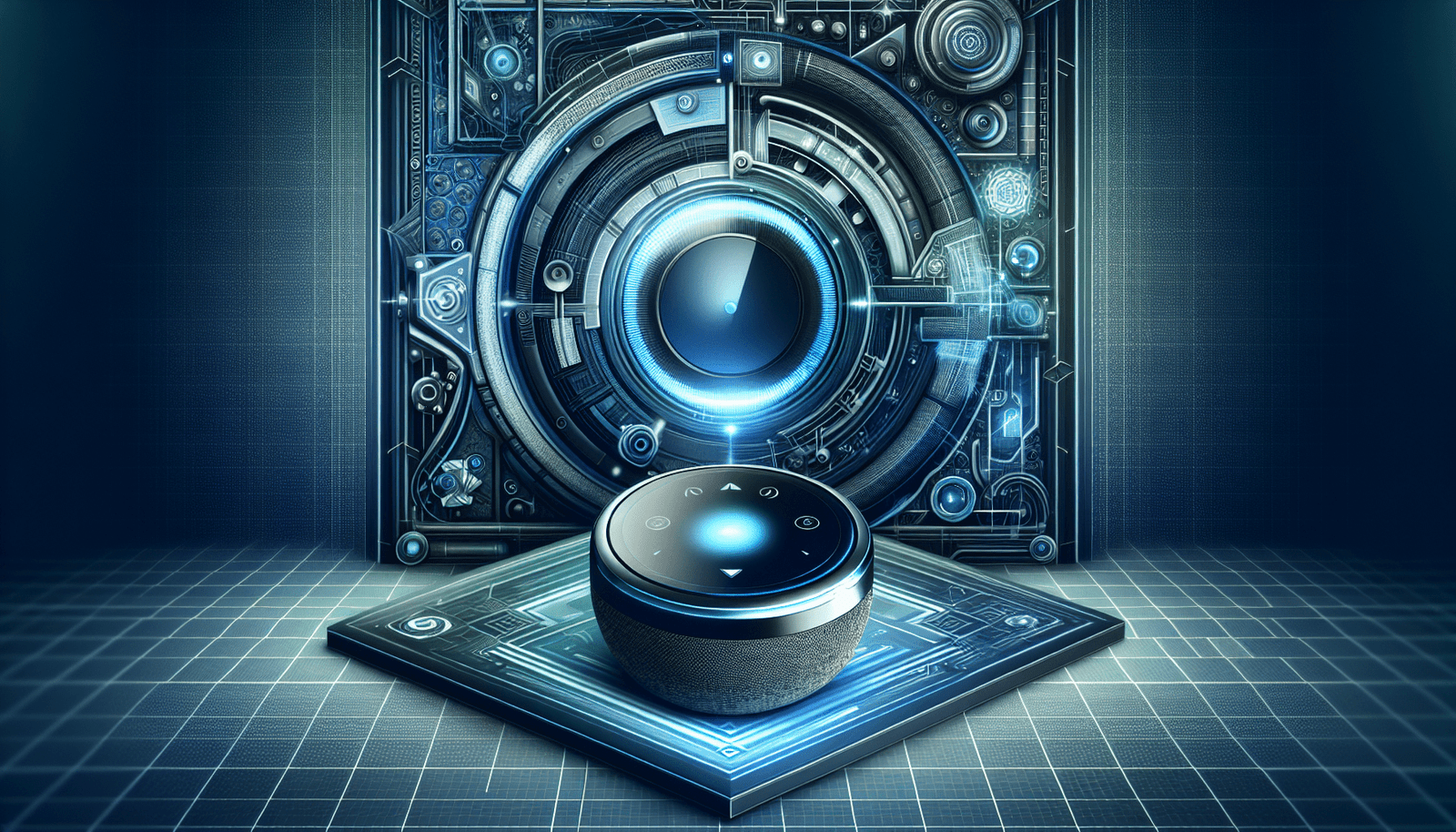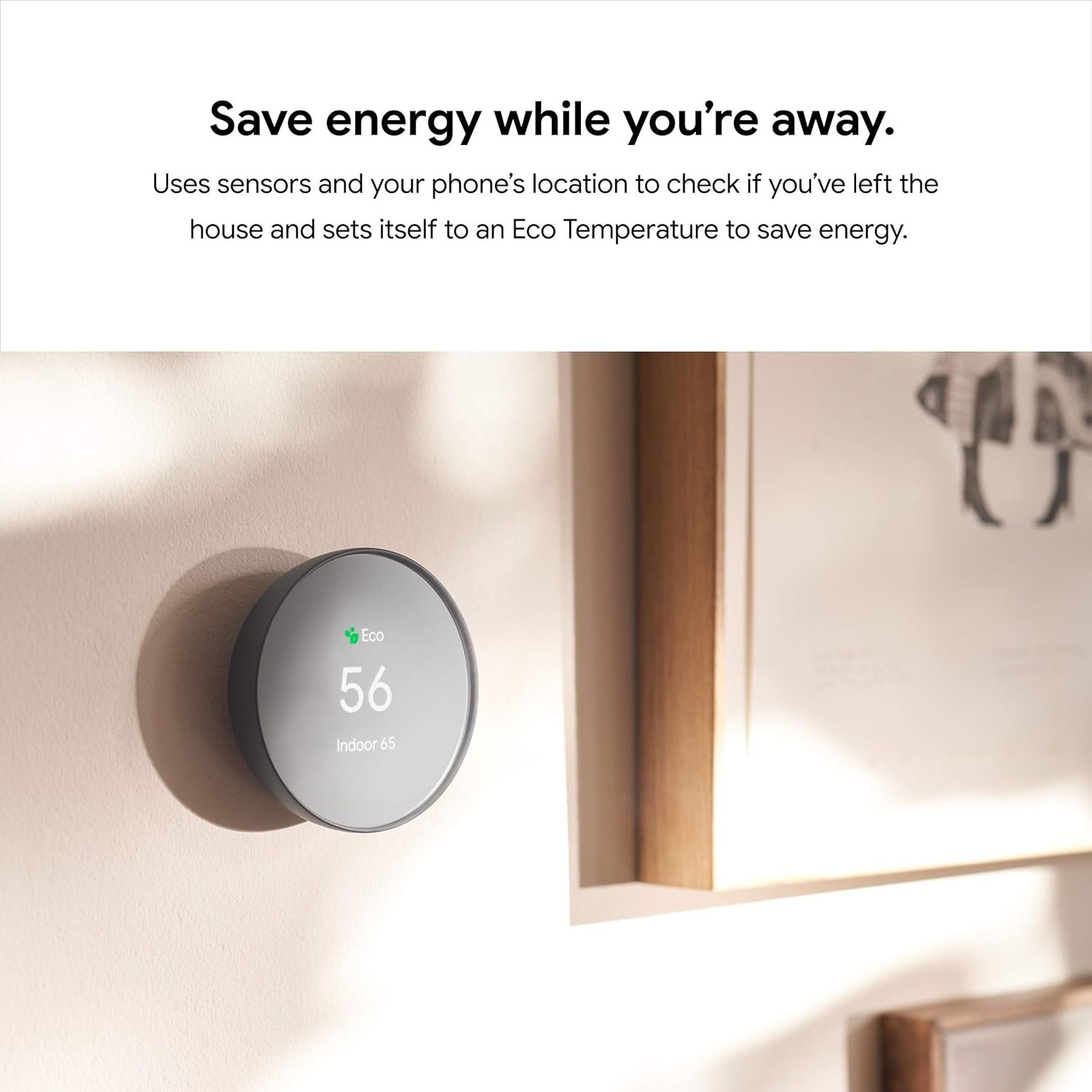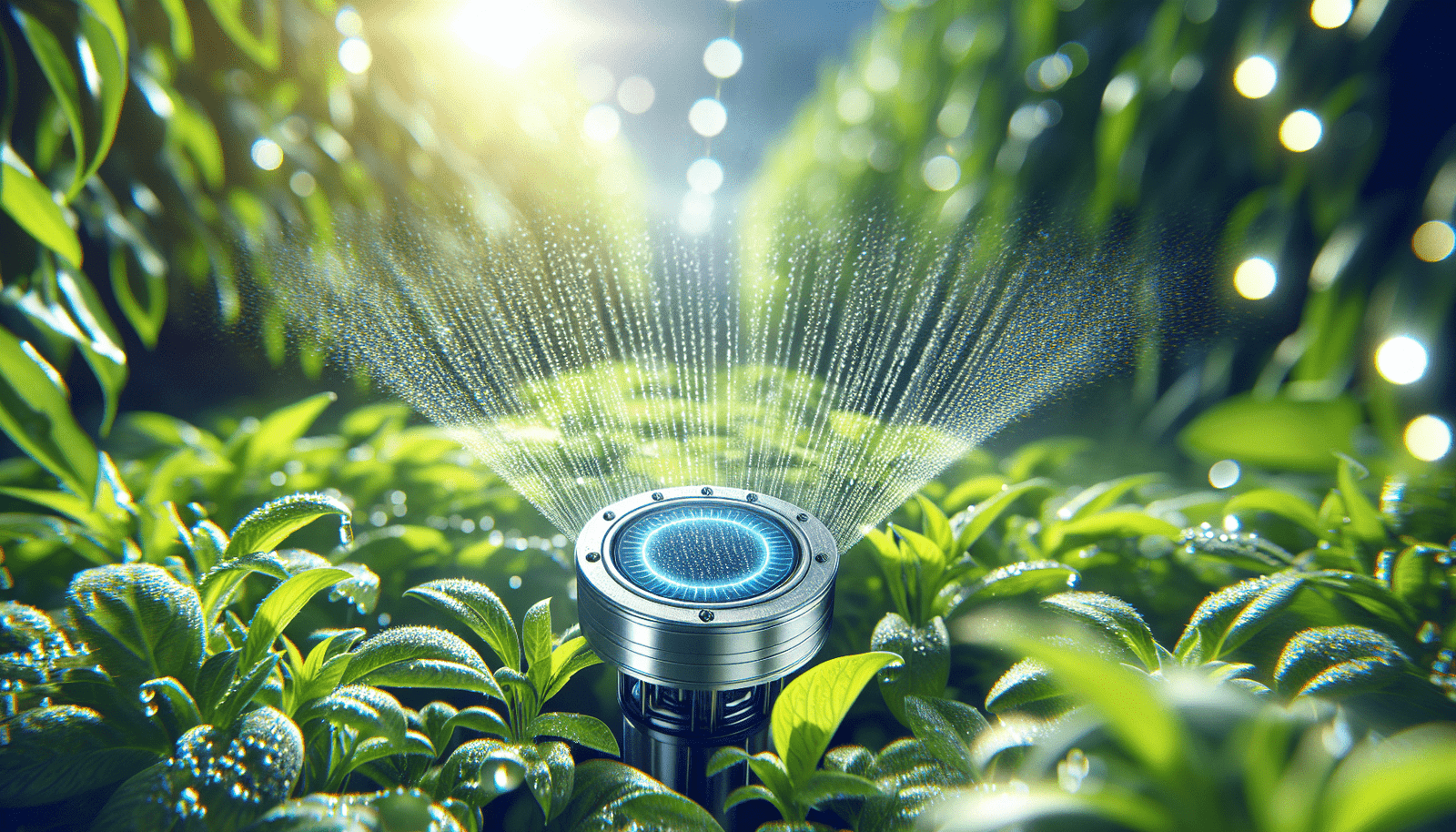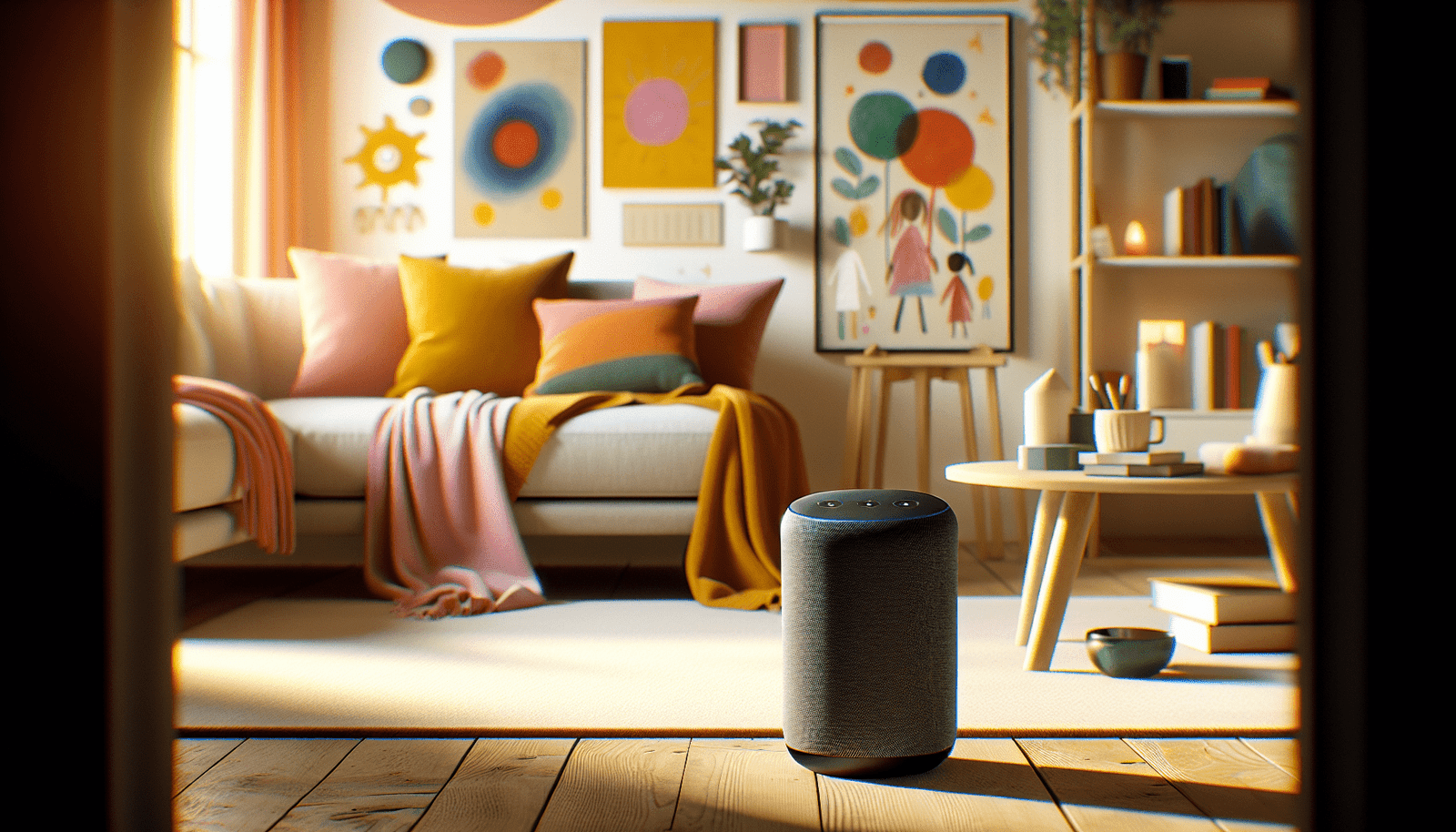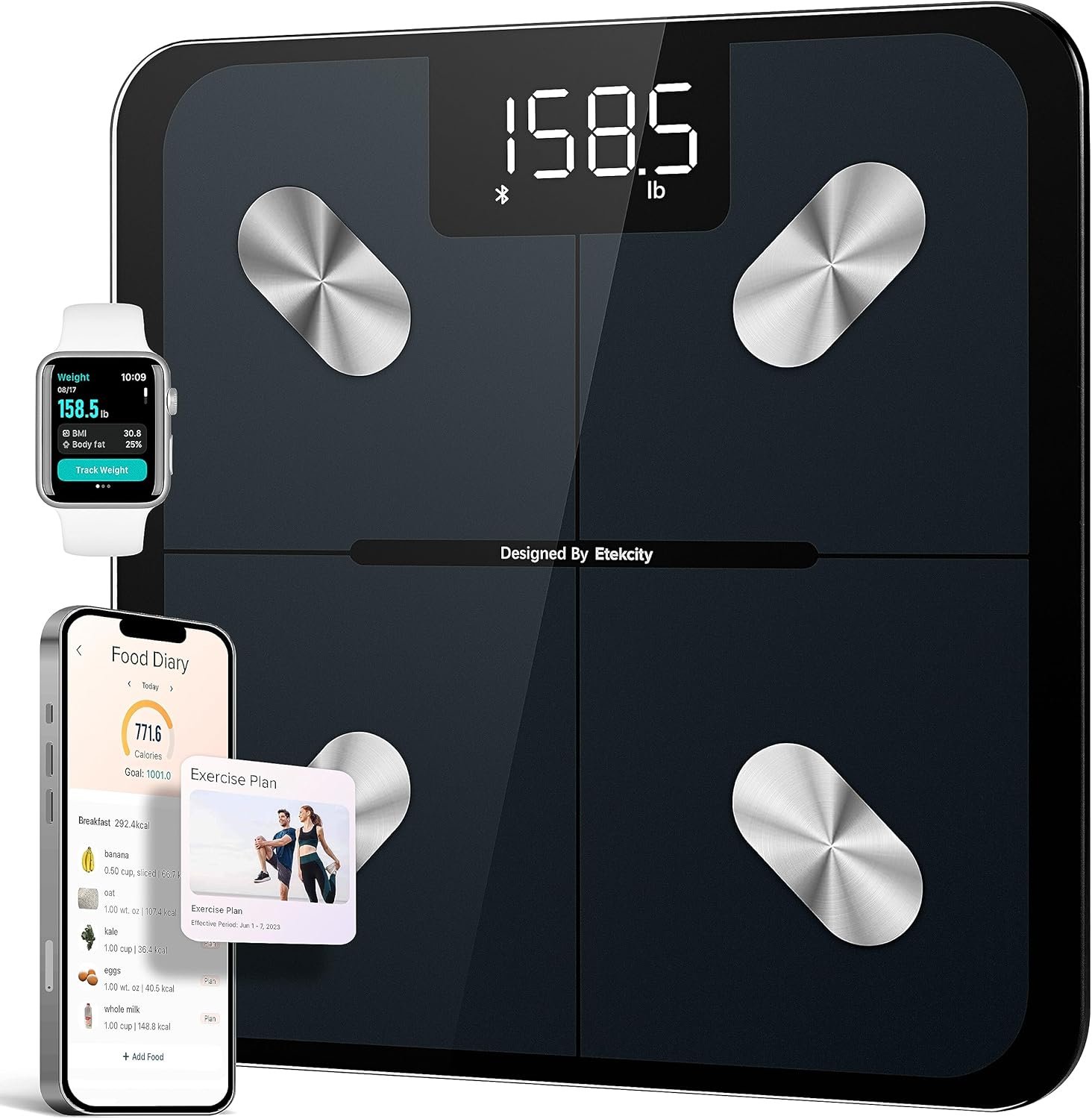Have you ever wondered how much control you really have over the settings of your smart home devices? In an age where technology is becoming ever more integrated into our daily lives, the ability to customize features to suit individual preferences is a key selling point. Smart home technology offers a range of devices, from lighting and thermostats to security cameras and voice assistants. Understanding how to tailor these gadgets to your lifestyle can greatly enhance your home environment.
Understanding Smart Home Devices
Smart home devices are electronic gadgets integrated into your home that offer advanced features and a level of interconnectivity that was previously unimaginable. These devices operate through the internet, allowing you to control them remotely from your smartphone, tablet, or even your voice. Consequently, they offer convenience, security, and energy efficiency, making them appealing to various demographics including homeowners, renters, and tech enthusiasts.
What Are Smart Home Devices?
These are devices designed to automate aspects of your home life, making everyday tasks easier. They range from smart light bulbs, thermostats, and speakers to advanced security systems that provide real-time notifications and controls from remote locations. Their smart capabilities allow you to schedule, monitor, and manage them via connected smartphone apps or central hubs.
The Benefits of Smart Home Technology
Smart home devices provide enhanced convenience, control, and security. You can adjust settings based on your habits—lights can dim in the evening, thermostats can adjust when you leave or return home, and security cameras can alert you to movement. Most importantly, they offer peace of mind, energy savings, and the potential to increase property value, making them a wise investment for personal use or real estate purposes.
Cost and Value Considerations
Investing in smart home devices does entail spending, but it’s crucial to consider both initial costs and long-term benefits. Understanding these can aid in making informed decisions that align with your financial and lifestyle goals.
Installation and Initial Costs
The entry cost for smart home devices varies widely. While some devices like smart plugs or bulbs are relatively affordable, more advanced systems like integrated security cameras or smart thermostats can be pricier due to installation difficulties and premium features. Many devices are designed for DIY installation, reducing potential costs if you’re willing to set them up yourself.
| Device Type | Estimated Cost Range |
|---|---|
| Smart Light Bulbs | $10 – $50 per bulb |
| Smart Thermostats | $100 – $300 |
| Smart Security Cameras | $50 – $300 per camera |
| Smart Speakers | $50 – $350 |
| Smart Plugs | $15 – $50 per plug |
Long-Term Savings and ROI
Despite the initial expenditure, smart home devices can offer substantial long-term savings, especially when it comes to energy efficiency. For instance, smart thermostats can significantly reduce energy bills by optimizing heating and cooling patterns based on occupancy and preferences. Energy-saving bulbs and systems ensure that lights and appliances are not left on unnecessarily.
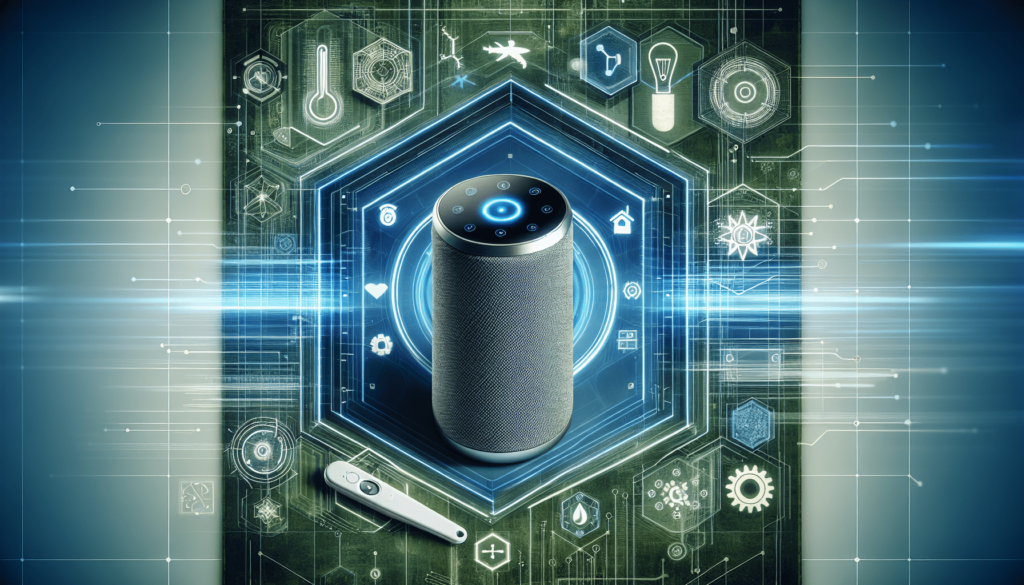
Customizing Smart Home Devices: Practical Setup Guides
Customizing the settings on smart home devices empowers you to tailor your home environment to your lifestyle needs. In this era of personalization, understanding how to configure these gadgets is paramount.
Customizing Smart Lighting
Smart lighting, for example, allows you to adjust brightness, color, and scheduling effortlessly. You can set lights to turn on at sunset or dim as you prepare for bed. Through apps, you can create mood lighting for different activities or sync lights to music and movies for an immersive experience.
Steps to Customize Smart Lighting:
- Install the App: Download the compatible app for your smart bulb’s brand.
- Connect the Bulb: Follow the app instructions to connect the bulb to your home Wi-Fi.
- Adjust Settings: Use the app to set color temperatures, brightness levels, and schedules.
- Create Scenes: Customize settings for different activities or times of day.
Adjusting Thermal Comfort with Smart Thermostats
Smart thermostats can learn your schedule and favorite settings. This device gives you climate control flexibility with energy efficiency, promoting comfort while saving on heating and cooling expenses.
Steps to Customize Smart Thermostats:
- Connect to Wi-Fi: Using the device’s interface, connect the thermostat to your network.
- Set Preferences: Adjust temperature settings for different times to suit your lifestyle.
- Explore Learning Features: Some models offer artificial intelligence to learn your behavior, optimizing settings accordingly.
- Monitor Energy Usage: Use app dashboards to keep track of energy consumption and savings.
Tailoring Smart Security Systems
Security devices include cameras, locks, and alarms that can be managed through a central app. These systems often offer alerts, live views, and two-way communication features, adding layers of security that can be personalized.
Steps to Customize Smart Security Systems:
- Install Essentials: Set up cameras and sensors according to manufacturer instructions.
- Configure App Alerts: Determine when and how you should receive alerts, such as when motion is detected.
- Grant Access: Allow temporary access to trusted individuals, such as family or service providers.
- Set Zones: Define critical areas for surveillance and customize alert preferences for each zone.
Security and Privacy Factors
With great power comes great responsibility, especially concerning security and privacy with smart homes. While these devices can significantly enhance lifestyle convenience, it’s essential to safeguard your personal information.
Addressing Potential Risks
Smart devices are continuously transmitting data, raising concerns over privacy and security. Ensure your network is secured with strong passwords and, where possible, two-factor authentication. Regularly update your devices’ firmware to patch any security vulnerabilities.
Best Practices for Safety
Implementing the best practices for securing your smart home can mitigate potential risks. Choose devices from reputable brands, and be cautious of the permissions apps request. Consistently monitor settings and updates to stay secure.
Understanding Device Data Usage
Familiarize yourself with how devices use and store data. Many smart home devices collect data to enhance user experience. Delving into privacy agreements and settings can give you more control over what information is shared.
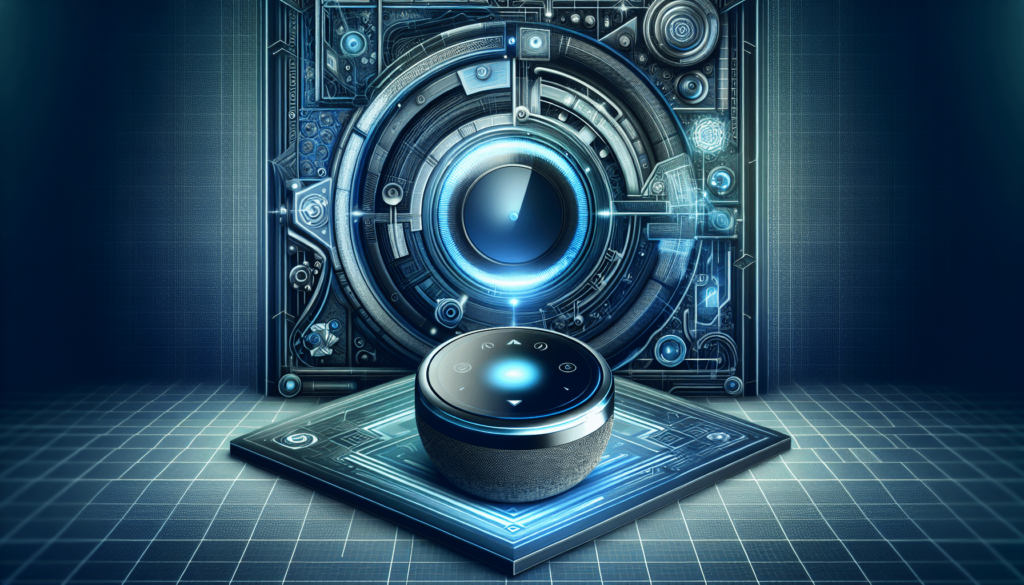
Compatibility and Connectivity
One of the challenges with smart home technology is ensuring that all your devices will work seamlessly together. Compatibility plays a crucial role in the functionality of your smart ecosystem.
Ensuring Device Compatibility
Before purchasing, verify that new devices are compatible with existing systems. Major tech companies often create their ecosystems, but cross-compatibility with hubs and platforms is increasing. Check if devices support integration with popular voice assistants like Alexa, Google Assistant, or Apple HomeKit.
Exploring Hubs and Central Systems
Hubs are useful tools for managing multiple devices from different brands. They integrate various components into one cohesive system, allowing you to control everything from a single app or interface. Consider hubs like Samsung SmartThings or Amazon Echo for centralized control.
Future-Proofing and Innovation
Smart home technology is rapidly evolving, with new advancements continuously emerging. Keeping an eye on these changes can help ensure your smart home remains cutting-edge.
Emerging Trends in Smart Home Technology
We’re seeing growth in AI applications, improved energy-saving tech, and enhanced inter-device communication. Innovations like smart kitchen appliances and health-monitoring systems are becoming more prevalent, indicating future directions for smart home development.
Planning for Future Upgrades
To future-proof your smart home, choose devices and systems known for updating regularly and supporting new technologies. Investing in platforms renowned for flexibility ensures that your smart home evolves and adapts with advancing tech trends.
Is Smart Home Investment Right for You?
Ultimately, determining whether to invest in smart home devices depends on personal preferences, lifestyle requirements, and budget considerations. Evaluating how these devices can enhance energy savings, convenience, and security will guide your decision.
Matching Needs and Budgets
Consider conducting a needs analysis. Are you looking for enhanced security, energy savings, or simple daily conveniences? Define your priorities and match them with a budget to see what technology you can realistically integrate.
Seeking Professional Advice
When in doubt, consulting with experts can help clarify options and provide professional installation services. Industry professionals can recommend compatible devices and optimize your setup, ensuring you get the most out of your smart home technology.
In conclusion, the capability to customize settings on smart home devices offers control, comfort, and security, transforming your living space into a more efficient and enjoyable environment. Whether you’re looking to reduce expenses, increase property value, or simply enjoy a connected lifestyle, smart home technology provides a flexible, adaptable solution. Understanding these devices’ functionalities and how to tailor them to your needs is a crucial step in modern home living.
